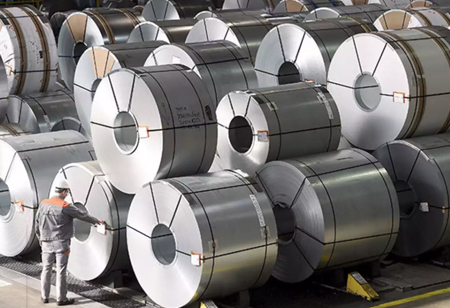As the Indian economy pushes forward to grow at 9 per cent and above over the next few years, a key challenge for the country would be to rebalance its energy needs in favour of renewable sources by 2030 to 50 per cent as per the Paris agreement. Here, the Aluminium sector will play a greater role than ever before. Extensive growth in electric vehicles, renewables, modern infrastructure, energy efficient consumer goods and greater dependence on strategic sectors.
However, the Indian aluminium industry is
struggling to revive itself over the last two years following the unprecedented Covid pandemic and the declining domestic producers market share with surging imports coupled with significant cost escalation for primary producers due to a rise in input costs of critical raw materials, escalating ocean freights & logistics costs.
The basic custom duty on Aluminium and Aluminium scrap is not in line with other non-ferrous metals like Zink, lead, nickel and tin which is a huge disadvantage for domestic Aluminium producers.
The industry expects increase in tariff rate of basic custom duty or peak custom duty rate from existing 10 per cent to 15 per cent. However the threatening factor in the Indian industry is China's renewed measures to restrict Scrap imports through National Sword Policy, which is leading to greater inflow of scrap into India. Also, China imposed 25 per cent duty on Aluminium Scrap imports from USA, and classified Aluminium Scrap in restricted. As a result, entire global scrap chain is shifted to India in absence of any quality or BIS standards for scrap recycling/ usage and imports in the country.
A major threat is from US scrap imports, as US is diverting large volume of scrap to India, since EU and other developed countries have strict standards for scrap.
